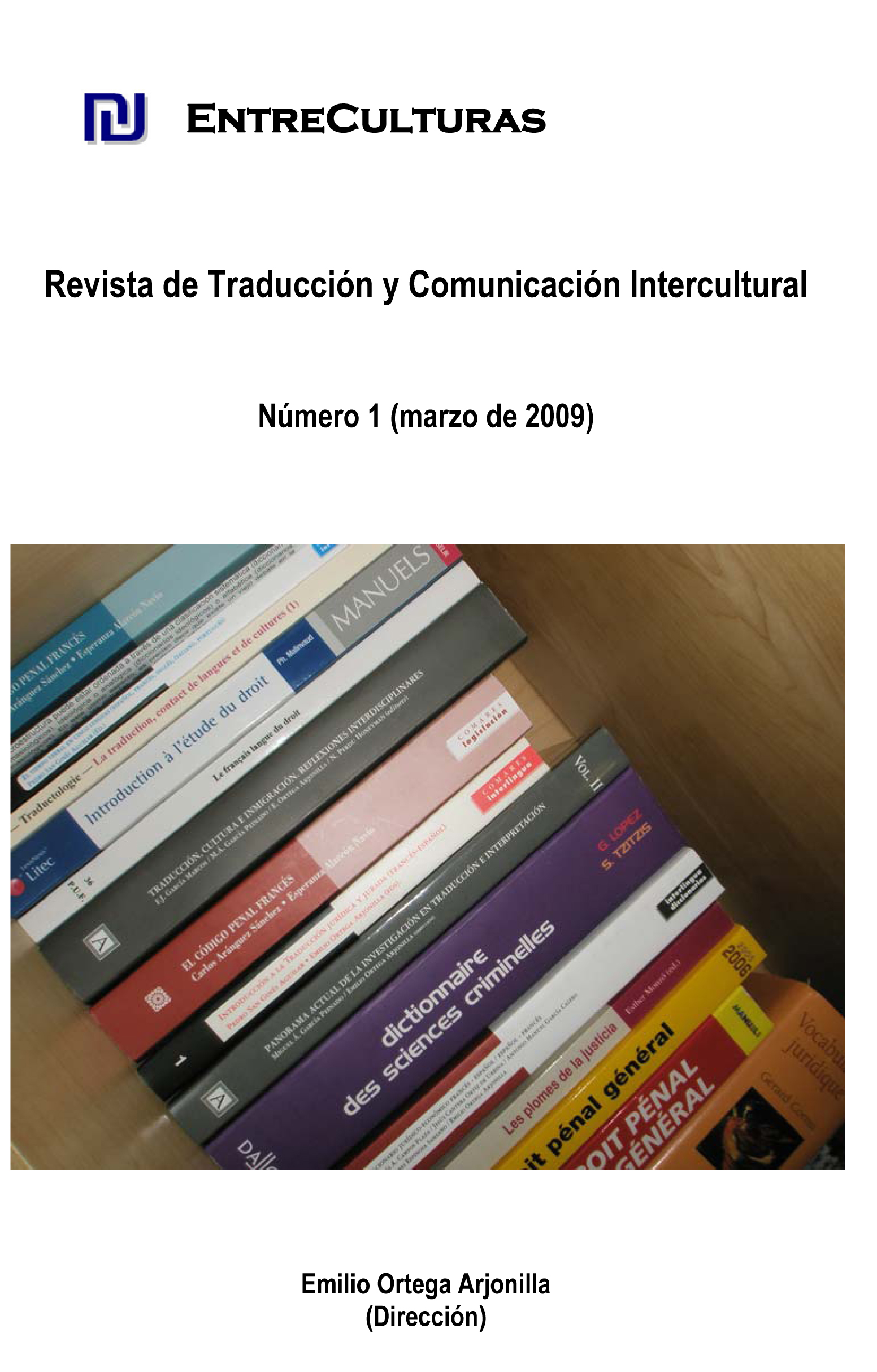EL CASTELLANO BIEN TEMPLADO
DOI:
https://doi.org/10.24310/Entreculturasertci.vi1.11816Keywords:
literary translation, writer, translator, SpanishAbstract
This article uses music to be likened to translation. Where, then, translation is a (musical) interpretation of text, there may be many thousands of valid translations, whereby there may be a referential one. It is also acknowledged that university centres are as academies of music where future translators study techniques and learn theory (as compared with musical notion, harmony and composition) and that translations age as their style of interpretation goes out of fashion. Finally, it follows that, to interpret a work (i.e. to translate a work), it must be ascertained for what “temperament” it was written. If it is a recent work, it can be deemed that this temperament is conventional in today’s terms, but if it is a classic, the translator will have to “temper” or “moderate” his Spanish.
Downloads
Metrics
References
Downloads
Published
How to Cite
Issue
Section
License
All contents published in Entre culturas. Revista de traducción y comunicación intercultural are protected under the Creative Commons Attribution-NonCommercial-ShareAlike 4.0 International (CC BY-NC-SA 4.0) license. All about this license is available in the following link: <http://creativecommons.org/licenses/by-nc-sa/4.0>
Users can copy, use, redistribute, share and exhibit publicly as long as:
- The original source and authorship of the material are cited (Journal, Publisher and URL of the work).
- It is not used for comercial purposes.
- The existence of the license and its especifications are mentioned.
There are two sets of authors’ rights: moral and property rights. Moral rights are perpetual prerogatives, unrenounceable, not-transferable, unalienable, imprescriptible and inembargable. According to authors’ rights legislation, Entreculturas. Revista de traducción y comunicación intercultural recognizes and respects authors moral rights, as well as the ownership of property rights, which will be transferred to University of Malaga in open access. The property rights are referred to the benefits that are gained by the use or the dissemination of works. Entreculturas. Revista de traducción y comunicación intercultural is published in an open access form and it is exclusively licenced by any means for doing or authorising distribution, dissemination, reproduction, , adaptation, translation or arrangement of works.
Authors are responsable for obtaining the necessary permission to use copyrighted images.





7.png)
